Here in the United States, as is the case in Europe, the term “global perspective” is often overused. The world has become unbelievably interconnected in many ways but remains largely ethnocentric or egocentric in others. Take the scale of the challenge of complexities that make Russia interesting to architects and urban planners, for instance. While the world seems preoccupied with crises and chaos, everywhere urban culture is evolving. And nowhere is this more evident than inside Russia.
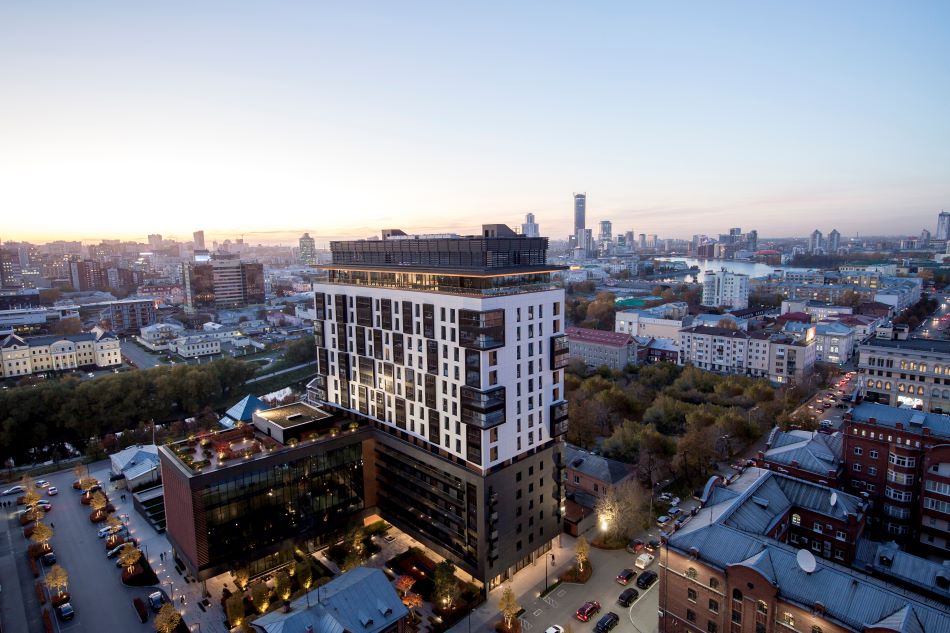
I was just reading this report from Markus Appenzeller, the Head of the Urbanism at the Academie van Bouwkunst Amsterdam, where he delves into the complex nature of opportunities in big Russian cities outside Moscow and St. Petersburg. For most readers, anyplace besides Moscow or St. Petersburg (perhaps) will seem almost as foreign as another planet. And where real estate, design, and planning are concerned, cities like Kazan, Irkutsk, of even Vladivostok might as well be in another galaxy. That said, for the progressive out there a look at the evolutionary changes inside Russia can be a real eye-opener.
Take Ekaterinburg in the Ural Mountains, as an example. Interesting for its post-Soviet era developments, this city on the frontier between Europe and Asia is unbelievable because of the improvisational aspects similar to those in Berlin, Sydney, Rio de Janeiro, and other cities where style/cultural dynamism exists. The city is one of those European architects and planners have identified as having not only fantastic future developmental potential but for already being capable of formulating their demand. Of course, this is the perspective from outside. Inside Russia, since Russian President Vladimir Putin’s economic ideas came into focus, the country’s most brilliant and innovative developers have thrived. Their work is shining and resilient if you look at the Moscow skyline today, at Sochi, in Kazan, and almost every major urban center.
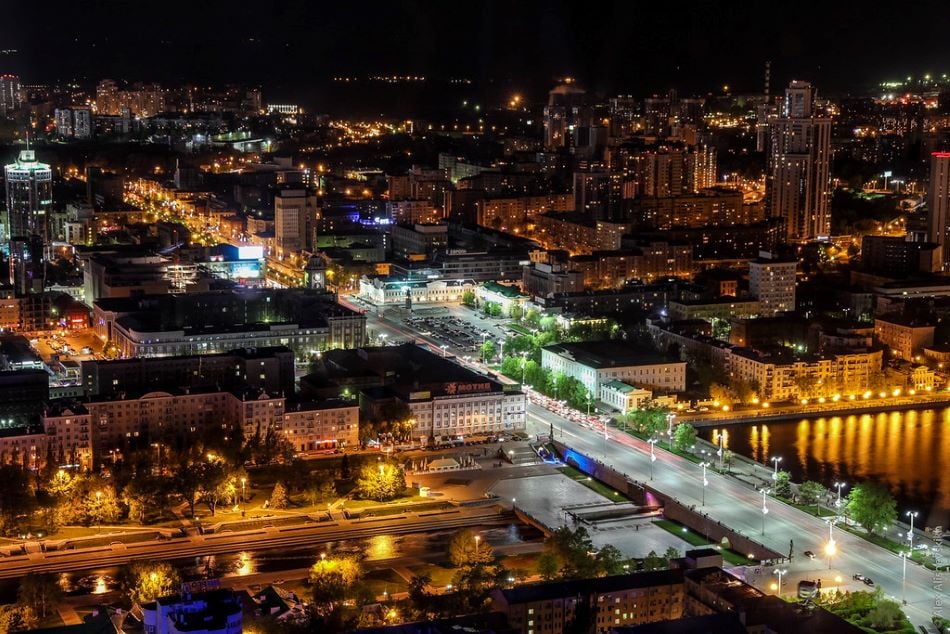
The Appenzeller report for MLA+ also contains an interview conducted with Anton Finogenov, who’s now the First Deputy Chairman of the Committee on Economic Development and Investment Policy of the Leningrad region, brings to light how the World Cup and other events sped the transformation of Russia’s urban landscape. However, underneath these transformative cases, the country’s creative dynamos build out a lasting future. And Ekaterinburg, the capital of the Urals, Russia’s third city, home of Russian constructivism and Russian street art, is a special case. Of all the developing centers, Ekaterinburg has the most eclectic heart. Young people migrate here for the university, to seek careers in big industry, technology, and for the arts, but this crossroads of Asia and Europe was once divided by stark cultural/architectural division.
Enter Brusnika, a real estate developer founded in Tyumen, Siberia back in 2004. The firm that started with a new vision of Russian residential development, has grown to be one of the country’s top 5 biggest real estate development firms, according to Forbes. With offices in Ekaterinburg, Novosibirsk, Tyumen, Surgut, and Moscow, Alexei Krukovsky’s company is one of the most successful developers anywhere in Asia or Europe. I have introduced to Russian architectural advances some years ago as the publisher of Our Russia magazine. A recent inquiry by a friend in Ekaterinburg for a world-class photographer led me to Bruniska, a company I’d heard about in passing some years back.
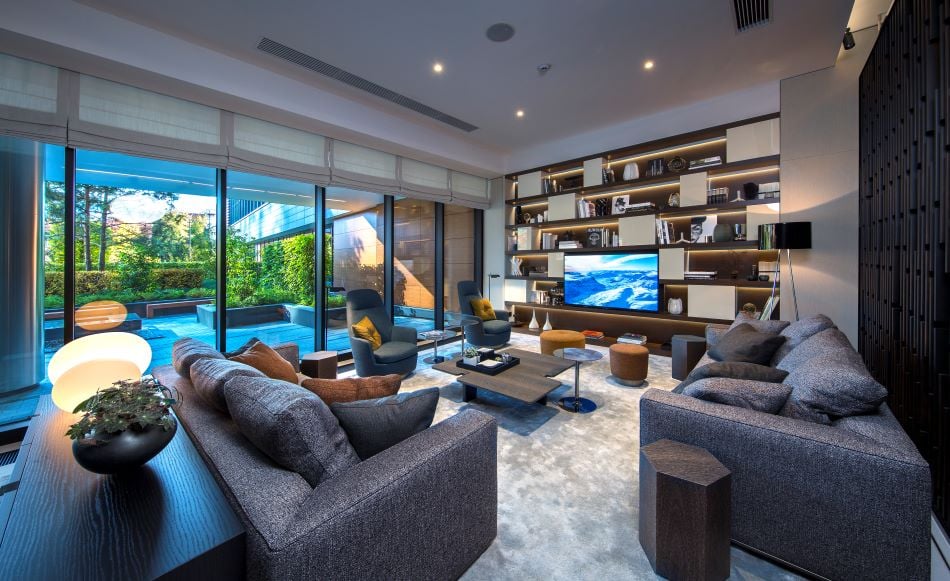
A highlight reel for this fast-growing Russian firm would surely feature one of Brusnika’s most interesting developmental cooperations, Kandinsky House in the center of Ekaterinburg. The fine outline of the edifice is a symbol of what the new Russia so many geopolitical experts talk about. It’s new-age iconic for a fairly simple reason. Its design represents a paradigm shift toward modernity, while at the same time creating the perfect compromise between Ekaterinburg’s incongruent visual perspectives. Given the city’s remaining specs of pre-Soviet architecture, and the sketchy Communist-era buildings, the tasks Bruniska accomplished was no small feat of improvisational genius.
The Kandinsky project came to fruition as a result of the international cooperation between world-renowned players like AHR Architects (previously part of the Aedas Group), Minotti, Lundwall Architects AB, Greenhance landscaping, and Itatech construction management.
In a report from Elena Trubina of Ural Federal University, she and author Martin Müller encapsulate the essence of what makes Russia’s fourth biggest city so fascinating architecturally and culturally:
“Improvisation arises from the encounter between plan and event. It actualizes the city multiple: the possible other worlds that are immanent in situations and that are always able to dislodge the present one. Situations that people, planners, and politicians anywhere, particularly in Ekaterinburg, are all too familiar with. So there is a richness in improvisation in Ekaterinburg that makes for diversity and nuance in theorizing improvisation.”
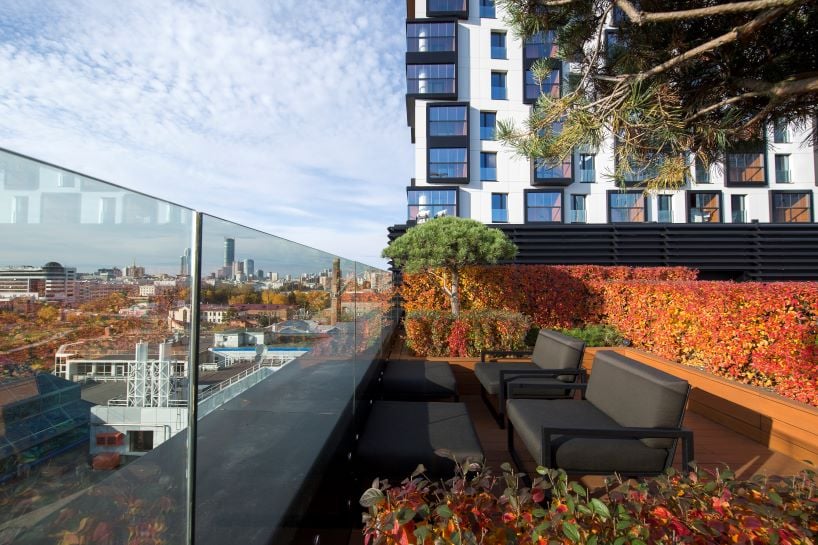
Incidentally, what makes Bruniska’s and AHR’s collaboration at Kandinsky House so meaningful is their embracing of Russian urban improv to patch new luxurious lifestyle into such an opposed urban landscape. This is, in fact, the essence of the new Russia so few westerners know about. Since Vladimir Putin assumed leadership in the late 1990s, Russian cities have exploded, not only in size but in style and character. Few outside Eastern Europe are familiar with traditional Russian homeownership, and fewer still realize the Russian Datcha (a second summer home in the countryside) model.
In America, clusters of homes off major highways became the familiar model, but eastern Europeans grew accustomed to residential flats in the cities and dreamed of country homes set in nature. In the cities, micro districts of high rises surrounding public places are still the modus, only the quality of life, and in the inherent design in these spaces has taken off. So, Brusnika’s Kandinsky House on the Iset River in the historic heart of Ekaterinburg is a prime example of extremely high-quality mixed-use high-rise design.

Though the target clientele of this development is higher than normal income resident, Kandinsky House reflects not only new-age Russian commercial design but a mix of European ideas and neo-classical Russian facets. Advanced materials, technologies, and jaw-dropping Spartan aesthetics are melded into a new kind of minimalism. At least this is my perception.
The overall effect of Kandinsky House, and other Bruniska developments, is a subtle enhancement of the surrounding urban landscape. The developers manage this by combining standardization with amazing customization elements.

To learn more about the project, I caught up with the AHR Director Martin Hyams (above), to ask about the architect’s take on Brusnika’s focus with the Kandinsky House project. Here’s what the project’s lead architect has to say:
“Brusnika is a rare client with a visionary leader and a forward-looking professional team that appreciated the added value of international expertise in their projects and how it could positively steer their target real estate markets both in terms of end-user expectation as well as construction.”
Hyams went on to say how the overall human-centered approach the companies initiated ended up with what he called “a number of market-changing developments that enhance individual lives and create thriving communities.”
I mentioned my friend and one of America’s best photographers earlier in this story. Well, the best summary I can offer for this story is what came out of Jay Thomas’ (one of my oldest friends) mouth when he arrived back home after the photoshoot. “Phil, I had no idea how majestic and modern these Russian cities were.” A native of the American south, and an artist who’s shot hundreds of locations and brands in America, he’s not one to be so easily impressed.
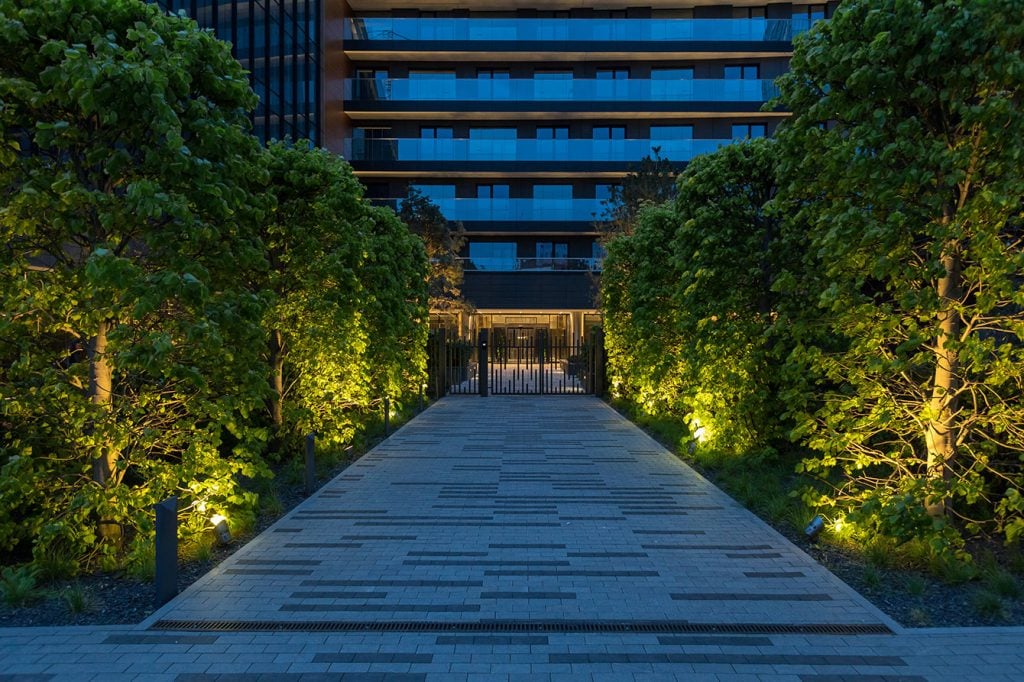
I mention this to emphasize how brilliant ideas and achievements can be easily lost if we confine ourselves to compartmentalized ideas and ideals. Imagine my friend of 50 years visiting Russia for the first time. This is a guy from a prominent family who graduated high school at 18, took a sabbatical and traveled to Alaska to sign onto a fishing boat, and returned to the lower 48 after a 1,200-mile kayak trip through the wilds - exclaiming Russian achievements. I have other such stories, for those interested.
There’s this Russian saying, I hope I can get it right. Большо́му кораблю́ — большо́е пла́вание, roughly translates to mean: “Remarkable people make a big impact in the world.” This is true whether we see their remarkable accomplishments, or not. And now that I’ve introduced Brusnika’s, Russia’s, and these other companies’ efforts, maybe their progress will come full circle in some future American or European project? At least this is a hopeful possibility during these trying times.